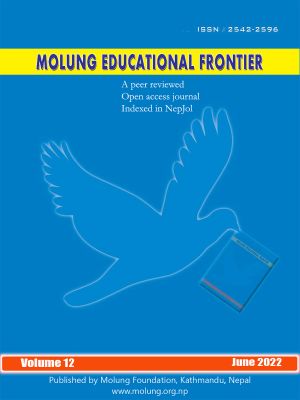Women's Participation in Foreign Labour Migration and Spousal Violence: A Study on Returnee Women Migrant Workers in Nepal
DOI:
https://doi.org/10.3126/mef.v12i01.45891Keywords:
women migrant workers, female labor migration, gender-based violence, spousal violence, physical violenceAbstract
While existing studies point to a high degree of physical and sexual violence 1against women in Nepal, there is a lack of studies assessing the extent of violence among women who participate in foreign labor migration. This paper tries to fill this research gap by assessing the prevalence of spousal violence against women in overseas employment by using survey and interview data from a non-probability sample of 138 returnee women migrant workers (WMWs). The data used in this paper was collected in Dhading and Rupandehi districts in 2017 by a team of researchers, including the authors of this paper, for a comprehensive study on gender-based violence against WMWs. The study found the rate of lifetime physical violence among WMWs ten percent higher than the national average of 22 percent (MOHP 2012). This rate was highest among Dalit women and women above 35. The physical and sexual violence rates were lowest among women with secondary education or above. Similarly, the rates of physical and sexual violence were lowest among the WMWs whose husbands had secondary or higher levels of education, and the rates were highest among the WMWs whose husbands did not have a formal education. The study found only a weak relationship between women’s participation in labor migration and violence from their husbands and family members. For many WMWs, the violence prevailed in the pre-migration and post-return phases, and some women had participated in labor migration due to the violence in the family itself.
Downloads
Downloads
Published
How to Cite
Issue
Section
License
© Molung Foundation




